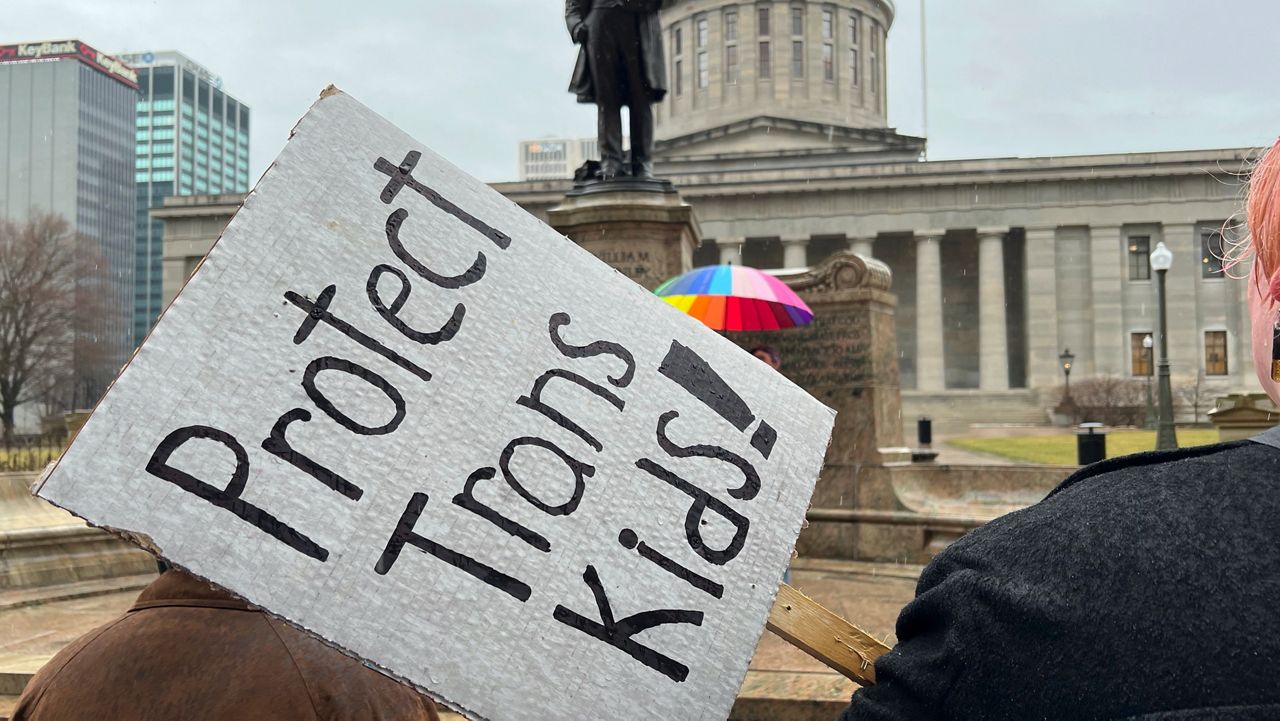In a rare public advisory issued on Tuesday, Surgeon General Dr. Vivek Murthy said young people in America are experiencing an “alarming” and “widespread” mental health crisis – and that systemic change is needed in order to tackle the issue.
The 53-page report, dubbed “Protecting Youth Mental Health,” offers guidance from the individual to the federal level on how people and institutions can better support America’s youth.
Such health advisories from the surgeon general are rare, as they are "reserved for significant public health challenges that need the nation’s immediate awareness and action," per Tuesday's release.
“The pandemic era’s unfathomable number of deaths, pervasive sense of fear, economic instability, and forced physical distancing from loved ones, friends, and communities have exacerbated the unprecedented stresses young people already faced,” Murthy wrote in part, noting that adolescent mental health issues were already on the rise before the coronavirus pandemic took hold.
“It would be a tragedy if we beat back one public health crisis only to allow another to grow in its place,” he added.
Government data indicated the rate of high school students who said they experienced consistent and troubling feelings of sadness or hopelessness increased by 40% between 2009-2019.
It also noted a “concerning increase in suicidal behaviors” among teens in the same time frame.
Tuesday’s report attributed the pre-pandemic rise in mental health struggles to a number of factors, and specifically highlighted the adverse effect social media can have on adolescent mental health.
Marginalized students were (and remain) at an increased risk of experiencing mental difficulties without having access to adequate care. Officials from the Department of Education recently stated: “To be clear, racism, not race, is a critical risk factor for mental health concerns and poorer outcomes.”
Even before the pandemic, youth who experienced homelessness were both more likely to experience mental health issues, but less likely to seek help for those problems. Food insecurity is also closely associated with heightened instances of mental health issues; as access to healthy food became increasingly difficult during the pandemic, experts noted an uptick in adolescent mental health problems.
Many of those challenges were only exacerbated at the onset of the coronavirus pandemic early last year.
According to data from the U.S. Centers for Disease Control and Prevention (CDC), pediatric mental health-related emergency room visits increased dramatically starting in April 2020, and remained elevated through at least October of last year. Mental health–related visits for children aged 5–11 increased by 24% compared to 2019, with such visits for 12–17 year olds rising approximately 31% in the same time period.
A separate CDC study showed that from Feb. 21 - March 20, 2021, suspected emergency room visits for suicide attempts among girls aged 12-17 increased by over 50% compared to 2019; the same visits for boys aged 12-17 increased by just above 3% in the same time frame.
The surgeon general’s advisory provided a number of recommendations students can take in order to better their mental health, but acknowledged as people have “widely varying degrees of control over their circumstances [...] not all recommendations will be feasible for everyone.”
Young adults and children are encouraged to seek help if they are struggling with their mental health, and to form “healthy relationships” with adults they trust. Volunteering and group activities like sports or clubs are also listed as ways to improve mental health, as well as self-regulating the amount of time spent on social media platforms like Instagram and TikTok.
The advisory also offered guidance for four additional groups that can impact childhood development in order to reach adolescents in under-served areas.
Families should support their children in seeking help for their mental health and should limit negative influences, the report says in part; parents and guardians should also take young adults to regular doctors appointments, and familiarize themselves with signs of abuse or mental illness.
The report also builds on the Department of Education’s recently-released Supporting Child and Student Social, Emotional, Behavioral and Mental Health handbook.
Tuesday’s recommendations included expanding school-based mental health workforce across all institutions of learning, which can in turn establish better student-to-staff ratios and promote better workload expectations for educators.
The surgeon general's report also pointed to media companies and their potential role in contributing to poor mental health, saying while some programs “can have a powerful impact on young people,” the onslaught of “false, misleading, or exaggerated media narratives can perpetuate misconceptions and stigma against people with mental health or substance use problems.”
Journalists and media outlets should focus on fact-based reporting and providing their viewers with sufficient context to understand events, while also weighing whether it is necessary to showcase images that some viewers might find disturbing.
Social media companies can take a number of steps to curb their negative impact on adolescent mental health – the first of which should be to provide the government with more accurate data of the behavioral impacts of time spent online, officials said in the report.
In the meantime, companies like Instagram and TikTok should prioritize user safety across all stages of production.
The recommendations come after several recent high-profile reports and hearings about the inner workings of Meta Inc., many of which alleged that Instagram’s parent company knowingly put profits over the wellbeing of platform users.
The first such report came from the Wall Street Journal, which in September published a series of articles claiming executives at Instagram were aware that the platform was negatively impacting young users.
The article alleged that numerous internal reports found Instagram was “harmful for a sizable percentage of [users], most notably teenage girls.”







